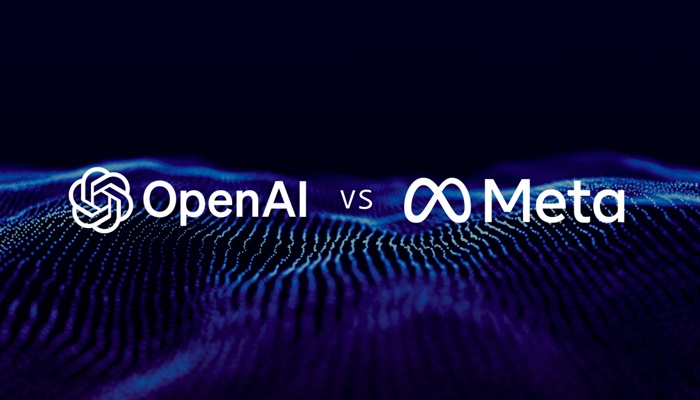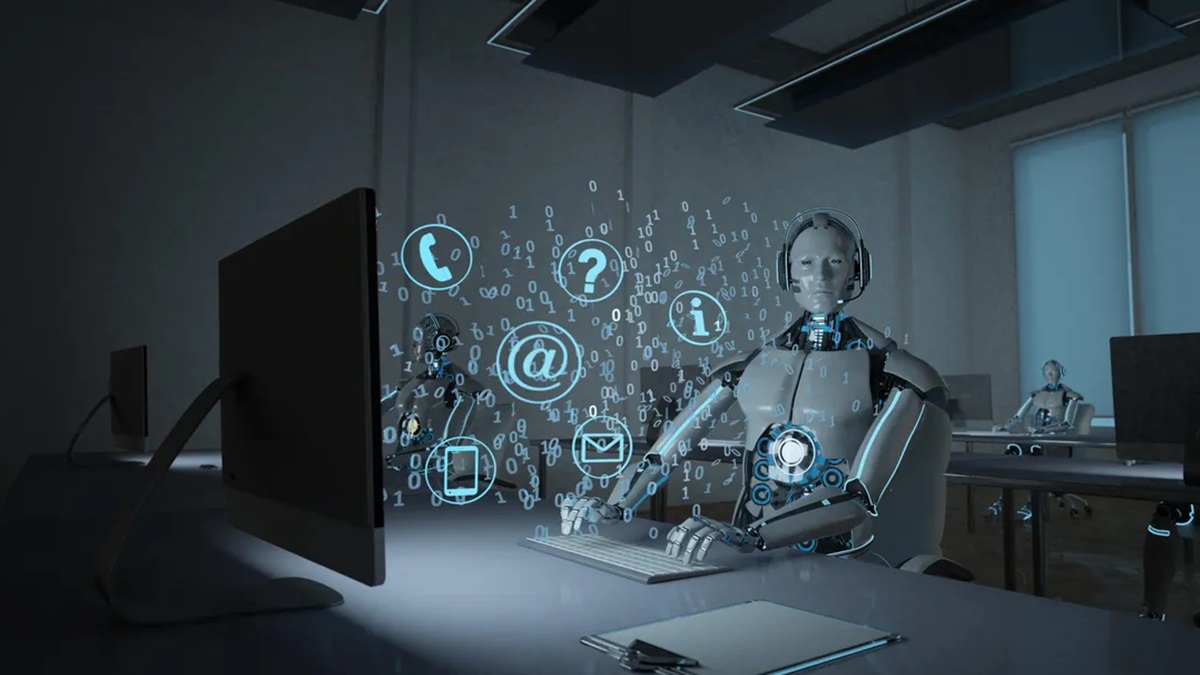In the relentless march of technological progress, few innovations have captured the white-collar imagination as completely as generative AI copilots. Tools like Microsoft Copilot, GitHub Copilot, and Google Duet AI have become fixtures in corporate life almost overnight. They promise to be the ultimate productivity booster—a silent, tireless partner ready to draft an email, debug a line of code, or summarize a sprawling document in seconds. The narrative is powerful: embrace the copilot, and watch your efficiency soar.
But as the initial buzz subsides and real-world adoption matures, a more complex and nuanced picture is emerging. The benefits of these tools are proving to be anything but universal. Evidence from leading research institutions suggests that the productivity gains are not distributed equally across the workforce. The true value of a generative AI copilot depends less on the tool itself and more on the user’s role, their level of expertise, and the readiness of the organization to adapt.
The lesson is clear: copilots offer an asymmetric advantage. They accelerate learning curves and liberate capacity for some, but their promise flattens at scale without a strategic, human-centric approach to work design. The future isn’t about AI replacing human expertise, but about strategically augmenting it to unlock a new tier of human potential.
Is the Promise of Productivity a Rising Tide for All?
Early data and anecdotes certainly painted a picture of widespread transformation. A recent study by the Federal Reserve Bank of St. Louis found that the adoption of generative AI could raise productivity by as much as 14%, with the most significant gains observed in tasks centered on writing, coding, and summarizing information. These are the very tasks that form the bedrock of daily work for millions of professionals, from marketers and analysts to software developers and consultants.
For the modern knowledge worker, the potential of a copilot is transformative. Imagine a marketing manager needing to draft five different versions of an ad for an A/B test, a task that once took hours of creative effort can now be done in minutes. A junior analyst can summarize a lengthy financial report and extract key data points without painstakingly highlighting and collating. A software developer can have an AI assistant autofill boilerplate code or suggest bug fixes, freeing them from the rote mechanics of their craft.
On the surface, it seems like a rising tide lifting all boats. Yet, a closer look at the data reveals that the boats are not all the same size, and some are sailing much faster than others.
The Asymmetric Gain That Turns Novices to Experts
The most compelling research on this topic comes from MIT Sloan, which reports a clear divide in how different experience levels benefit from generative AI tools. Highly skilled professionals, it turns out, gain significantly less from copilots. Their expertise is already optimized; they possess a deep, intuitive understanding of their domain, and their work processes are highly efficient. A seasoned senior developer, for example, may find an AI’s code suggestions to be either overly simplistic or slightly off-base, requiring more time to correct than to write the code from scratch. Their efficiency is already a product of years of accumulated knowledge and practiced skill.
In stark contrast, junior staff and new hires see disproportionately large benefits. For a new employee, the onboarding process is a steep learning curve. They need to absorb a massive amount of information: from company policies and internal jargon to project history and team dynamics. This is precisely where a copilot shines. Microsoft’s “New Employee Copilot” study found that employees who used the tool were 29% faster at completing common tasks and showed improved knowledge retention, especially within their first three months.
Think of it like this: a generative AI copilot acts as a form of “scaffolding” for the less experienced. It provides a supportive structure, helping them to navigate new and complex tasks that would otherwise be beyond their immediate skill set. This scaffolding not only accelerates their ability to deliver results but also accelerates the learning process itself. They can tackle more challenging assignments earlier in their careers, learning by doing and with an intelligent safety net.
This dynamic has profound implications for a company’s talent strategy. Copilots can drastically cut onboarding time, reduce the ramp-up period for new hires, and make it easier to reskill existing employees for new roles. For the mid-level employee, the benefit shifts from accelerated learning to capacity liberation. Instead of spending half their day on tedious tasks like drafting emails or summarizing meeting notes, they can delegate that work to their AI assistant and redirect their time toward higher-value activities—strategy, creative problem-solving, and human-to-human collaboration.
The Organizational Bottleneck: Beyond the Individual
While the benefits for individual workers are clear, the organizational-level impact has been far less dramatic. A recent study by McKinsey notes that many companies are failing to deliver full-scale transformation. The reason isn’t a lack of powerful AI tools, but a failure of leadership and operations. The technology is often deployed as an isolated “helper” rather than an integrated productivity engine.
The core problem lies in the disconnect between technology adoption and strategic change. Companies often simply hand out licenses for AI copilots without redesigning workflows, retraining managers, or updating incentive systems. The result is a workforce that is faster at doing the old job, but the organization as a whole is not fundamentally more productive or innovative.
For example, a marketing team might use a copilot to draft campaigns faster, but if the approval process is still a slow, multi-stage bottleneck involving several rounds of feedback, the overall project timeline remains unchanged. A software development team might use an AI to write code more quickly, but if the code review and deployment process is still manual and cumbersome, the end-to-end efficiency gain is minimal.
Managers, in particular, are a critical bottleneck. They are accustomed to measuring productivity by traditional metrics like lines of code, number of emails sent, or hours worked. They may not be equipped to coach their teams on how to effectively integrate AI into their workflow, nor are they prepared to re-evaluate their team’s purpose when an AI takes over 30% of their previous tasks. Without a new strategic vision, a copilot is just a high-tech shortcut, not a catalyst for change.
Take the Path to True AI Augmentation and Redefine Work
True transformation will not come from making the current way of working slightly faster. It will come from rethinking the very design of work itself. The most successful companies will be those that see AI copilots not as a tool for automation, but as a partner in human-AI augmentation. The goal is not to replace human expertise, but to free it up for what only humans can do: complex problem-solving, creative ideation, building relationships, and exercising emotional intelligence.
For this to happen, organizations must proactively address the bottlenecks.
First, leadership must design a comprehensive adoption strategy. This goes beyond IT deployment and includes a clear vision for how AI tools will redefine roles and workflows. The question isn’t “How can we use this tool?” but “What kind of work do we want to be doing in two years that we aren’t capable of doing today?”
Second, managers need to be retrained as coaches. The new managerial skill set involves understanding how to leverage AI with their team, identifying new opportunities for automation, and creating new metrics of success that reward outcomes and strategic impact rather than just speed.
Finally, incentive systems must be updated. If an employee is judged solely on the volume of code they write, they may be less likely to lean on an AI copilot. If they are rewarded for the successful deployment of a new feature or the quality of a solution, they will be incentivized to use every tool at their disposal to achieve that end.
Generative AI copilots have already proven their value as powerful individual productivity tools. They are democratizing skills and accelerating the careers of junior workers, while also giving mid-level staff the gift of time.
However, their potential is still largely untapped. The true gains of the AI revolution will not be found in the tools themselves, but in the strategic organizational redesign that accompanies them. The companies that succeed will be those that move beyond the initial promise of speed and instead focus on creating a new, symbiotic relationship between humans and AI. By empowering managers, redesigning workflows, and focusing on human-AI augmentation, they will build a future where the power of technology is not just distributed unevenly, but harnessed strategically to unlock unprecedented human potential.



















